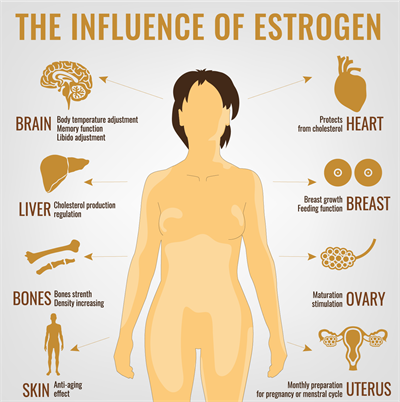Secondary Sexual Characters
secondary sexual characters by Delta publications
key notes:

1. Definition of Secondary Sexual Characters
- Secondary sexual characteristics refer to the physical traits that differentiate males and females of a species, but are not directly involved in reproduction.
- These traits emerge during puberty as a result of hormonal changes.
2. Characteristics in Males and Females
- In Males:
- Deep voice: Due to the enlargement of the larynx (voice box).
- Facial hair: Growth of beard and mustache.
- Muscle development: Increase in muscle mass and strength.
- Broad shoulders: Increased bone density and broadening of the shoulder region.
- Body hair: Hair growth on chest, arms, and legs.
- In Females:
- Breast development: Growth of breasts due to the increased secretion of estrogen.
- Wider hips: Pelvic bones widen for childbirth.
- Increased fat distribution: More fat is stored in the hips, thighs, and breasts.
- Menstruation: Start of menstrual cycle as a sign of fertility.
- Softer skin and hair: Changes due to hormonal influence.
3. Hormonal Regulation
- Estrogen: Responsible for the development of female secondary sexual characteristics.
- Testosterone: Responsible for the development of male secondary sexual characteristics.
- These hormones are secreted by the gonads (ovaries in females and testes in males) and cause physical changes during puberty.
4. Purpose of Secondary Sexual Characters
- These characteristics are typically associated with attracting mates and ensuring reproductive success.
- They signal to others that an individual is mature and capable of reproduction.
5. Difference from Primary Sexual Characters
- Primary sexual characters are directly involved in reproduction (e.g., ovaries and testes).
- Secondary sexual characters are physical traits that arise due to hormonal changes and distinguish males from females but do not directly play a role in reproduction.
6. Variation Across Species
- In humans, these traits appear during puberty, typically between the ages of 10 and 15, but the exact age varies based on genetics and environmental factors.
- Secondary sexual characteristics vary widely across species. For example, the peacock’s colorful feathers are a secondary sexual characteristic used to attract mates.
Let’s practice!

